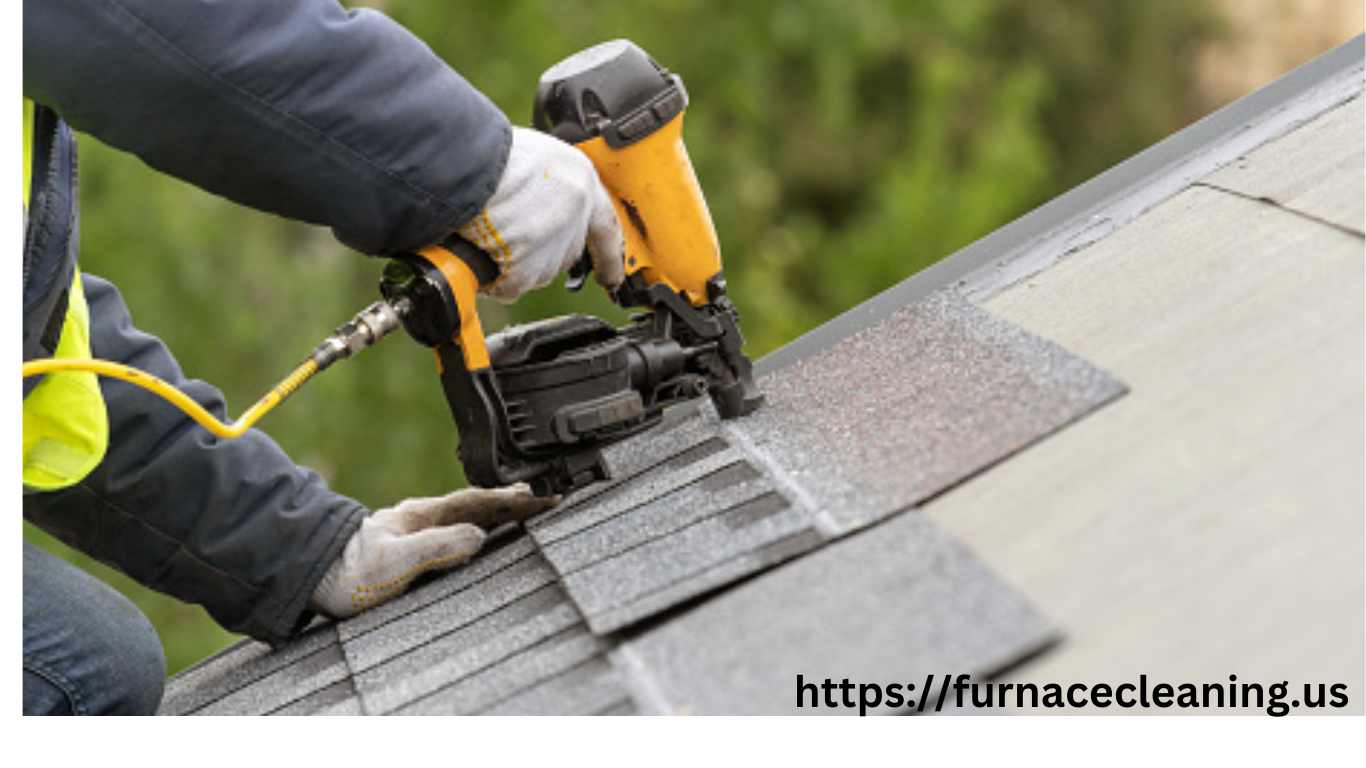
Floating wood Floor a Stylish and Sustainable
Introduction
Floating wood floors have gained immense popularity in the world of interior design due to their aesthetic appeal, durability, and easy installation process. This innovative flooring option provides homeowners with the warmth and beauty of hardwood while offering enhanced versatility. In this comprehensive guide, we will explore the concept of floating wood floors, delve into their benefits, discuss various installation methods, and maintenance tips, and explore the different types of floating wood floor species available.
Whether you are considering a home renovation or simply looking for an upgrade, floating wood floors offer an excellent solution for creating a timeless and elegant space.
Understanding Floating Wood Floors
Floating wood floor also known as engineered wood floors, are composed of multiple layers of wood veneer adhered together, with each layer running in a different direction. This construction technique provides stability and reduces the effects of moisture and temperature changes.
Unlike traditional hardwood floors that are nailed or glued down, floating wood floors are designed to “float” over the subfloor, meaning they are not directly attached to it. Instead, they are installed using an interlocking tongue-and-groove system or with adhesive strips.
Benefits of Floating Wood Floors
Floating wood floor offer numerous advantages for homeowners. Firstly, their installation process is relatively simple and can be done as a DIY project, saving both time and money.
Additionally, floating floors are more forgiving to uneven subfloors, as they can be installed over various surfaces, including concrete, plywood, or existing flooring.
Furthermore, floating wood floors provide excellent stability and resistance to moisture, making them suitable for high-moisture areas like basements or bathrooms. They also offer better sound insulation compared to traditional hardwood floors, reducing noise transmission between floors.
Installation Methods
Floating wood floors can be installed using two primary methods: the interlocking tongue-and-groove system and adhesive strips. The interlocking system involves fitting the planks together by aligning the tongue and groove edges.
This method offers easy installation and allows for the expansion and contraction of the wood due to environmental changes. Alternatively, adhesive strips are used to attach the planks to each other, eliminating the need for nails or glue.
This method provides a secure bond between the planks, ensuring stability and minimizing movement.
Maintenance and Care
Maintaining a floating wood floor is relatively straightforward. Regular sweeping or vacuuming will help remove dirt and debris, preventing scratches and damage. It is important to avoid using excessive water or wet mopping, as this can cause the wood to swell or warp.
To maintain the luster and shine of the floor, periodic cleaning with a specially formulated wood floor cleaner is recommended. Spills should be promptly wiped up to prevent staining. Additionally, using furniture pads under heavy objects and avoiding wearing high heels or dragging heavy furniture across the floor will help minimize scratches and dents.
Types of Wood Specie
Floating wood floors are available in a wide range of wood species, allowing homeowners to choose the one that best suits their aesthetic preferences and lifestyle. Popular wood species for floating floors include oak, maple, hickory, walnut, and bamboo.
Each species has its unique grain patterns, colors, and durability characteristics, offering various design options.
Pros and Cons of Floating Wood Floors
Pros:
- Versatility: Floating wood floors can be installed in various areas of the home, including basements and condos, as they are not affected by moisture and temperature fluctuations.
- Easy Installation: The interlocking or adhesive strip installation methods make floating wood floors a suitable choice for DIY enthusiasts. They can save on installation costs and provide a sense of accomplishment.
- Durability: Engineered wood flooring is designed to withstand heavy foot traffic and resist warping or cupping caused by moisture. This makes it a long-lasting and reliable option for homeowners.
Cons:
- Limited Refinishing: Floating wood floors have a thinner layer of solid wood compared to traditional hardwood floors. As a result, they can only be refinished a limited number of times. However, with proper care and maintenance, their lifespan can still be significant.
- Sound Transmission: Despite offering better sound insulation compared to solid hardwood, floating wood floors may still transmit sound more than carpet or other flooring materials. Area rugs or underlayment can be used to reduce noise.
Cost: While floating wood floors are generally less expensive than solid hardwood, they can still be more expensive than other flooring options such as laminate or vinyl.
Conclusion
Floating wood floors provide an elegant and practical flooring solution for homeowners. Their easy installation, versatility, and durability make them a preferred choice for many interior design projects. Whether you are looking to update your living room, bedroom, or any other area of your home, floating wood floors offer a wide array of options to suit your personal style. By understanding the concept of floating wood.
Image credit: “freemockups.org”





